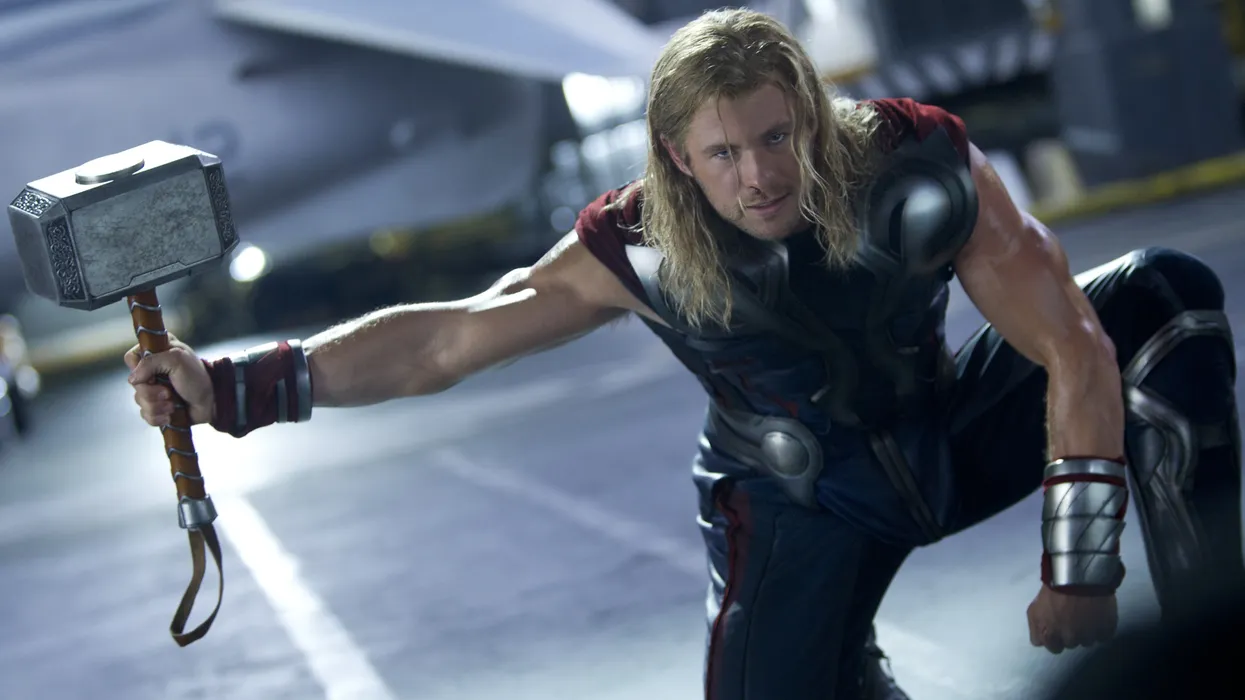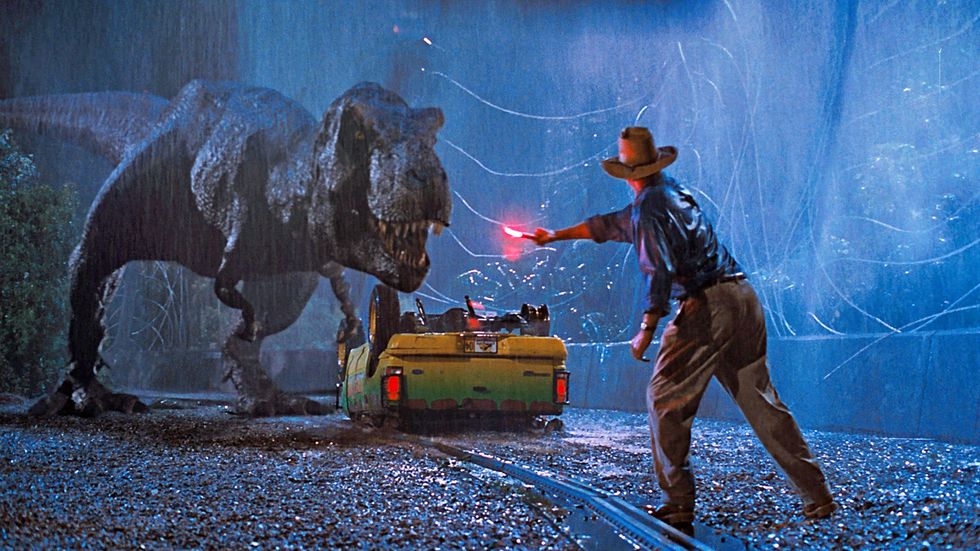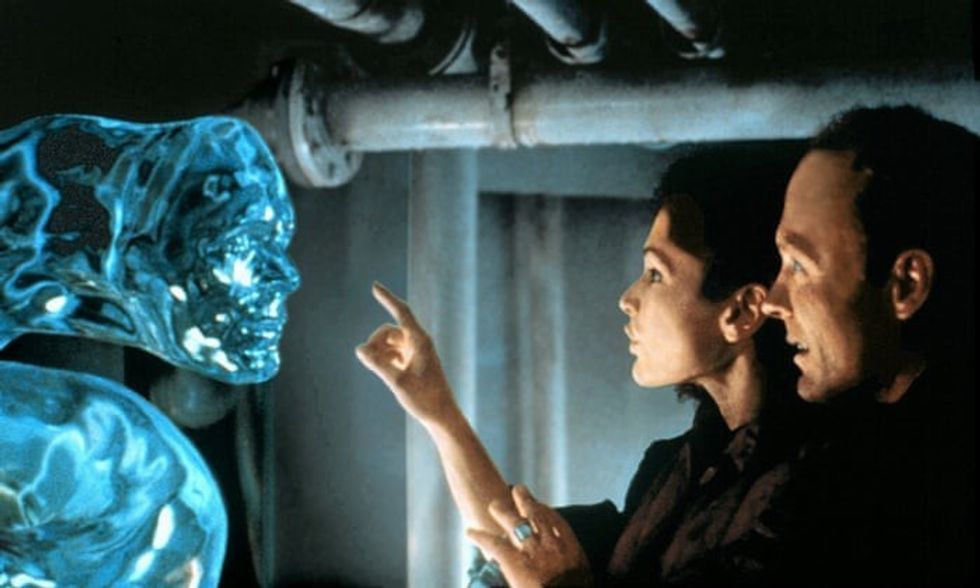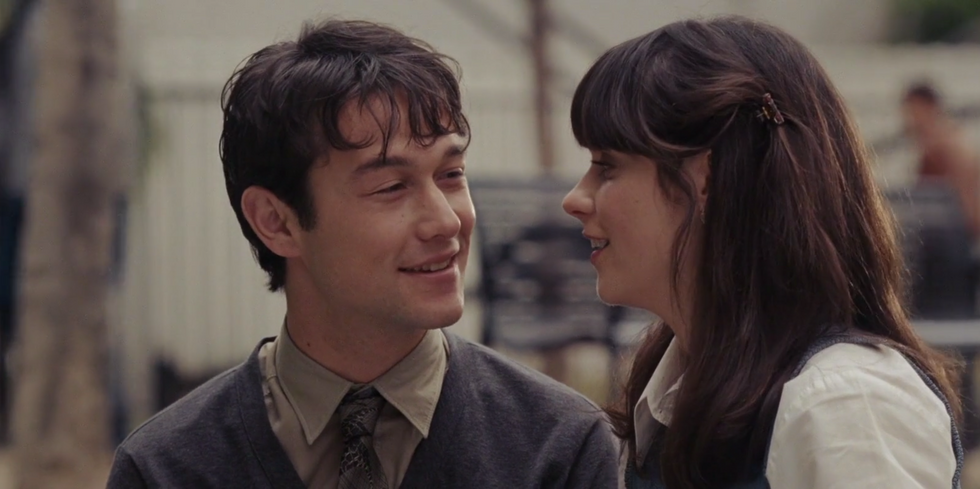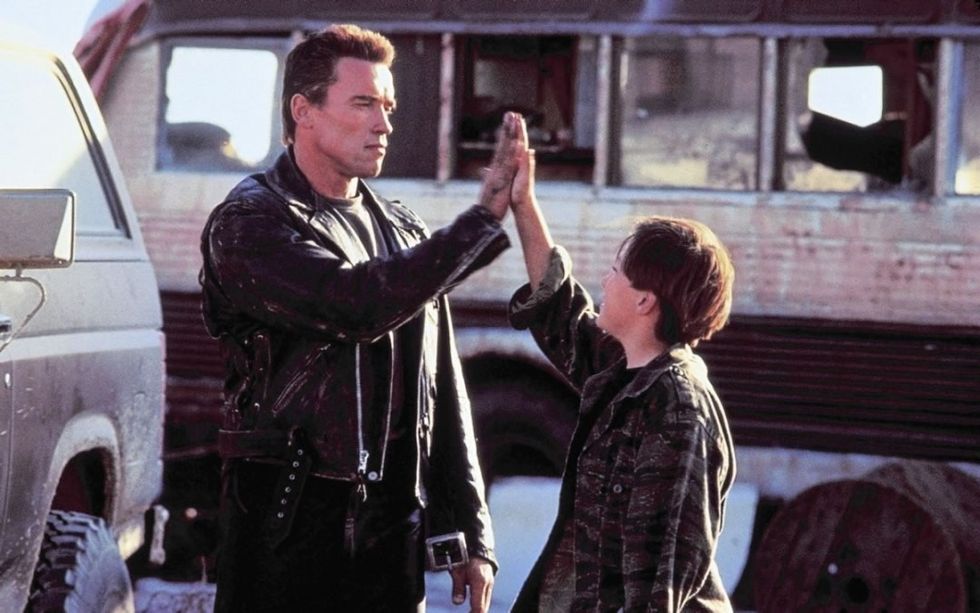Visualizing the Skydive that History Forgot in Jeff Tremaine's 'Angry Sky'
The further you go back in time, the less you find of this crucial documentary storytelling element: footage.
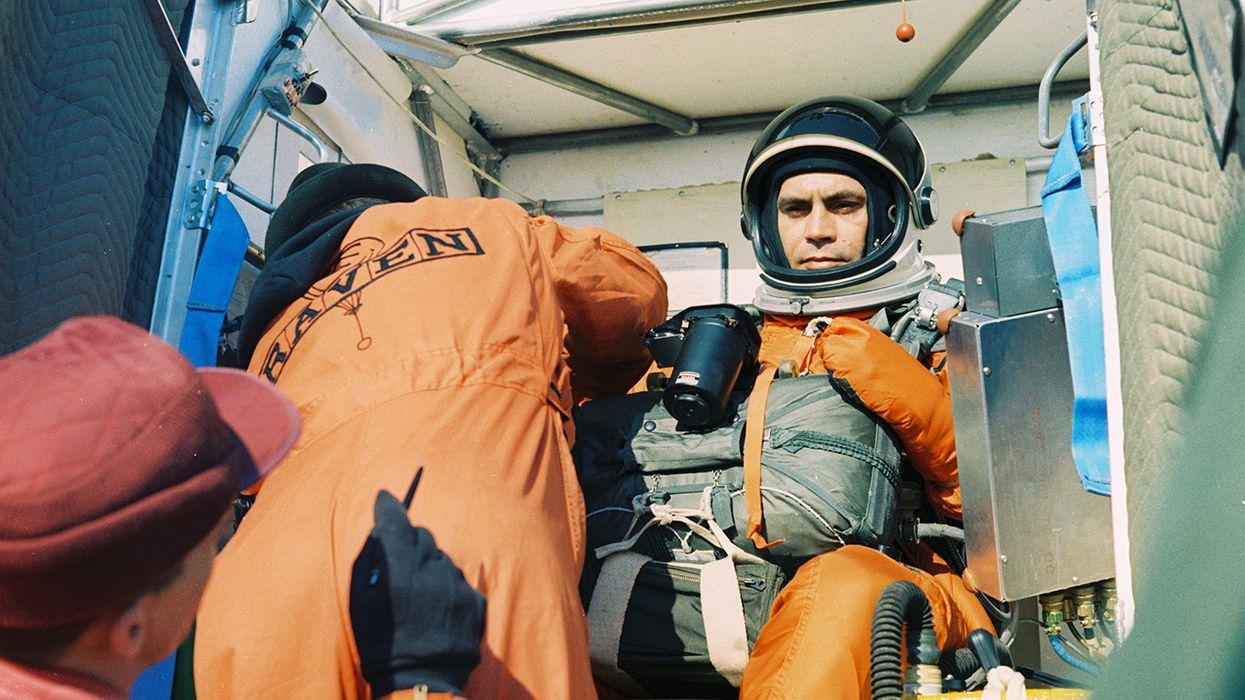
When photographs will only take you so far, how do you make your story compelling, especially if it’s about something as visually dependent as amateur skydiving in 1966?
Anyone who has worked on a doc set in the past knows how frustrating it can be to search for the archival evidence of a story, only to find that none exists. Jeff Tremaine, Director/Producer of Jackass fame, sat down with No Film School at the Tribeca Film Festival earlier this year to talk about how he did that in Angry Sky, the story of Nick Piantanida, the pet store owner who set out to break the world record for highest parachute jump in 1966. The film had its broadcast premiere as the finale for this summer's ESPN 30 For 30 season, is now on Amazon, Netflix, and various other platforms for your viewing pleasure to accompany the interview below.
NFS: In the opening titles of the film, there’s mention of a book called Magnificent Failure: Freefall From the Edge of Space. Did the book give you the idea to make the documentary about Nick Piantanida?
Jeff: I did a documentary about this guy named Matt Hoffman. He's a BMX innovator and legend, and I've known him for a really long time. Probably fifteen years ago, he introduced me to this stunt he wanted to do. He wanted to fly up into space in the balloon and parachute back to earth. I thought that's crazy and I encouraged him not to do it. Luckily, his wife also put her foot down on him entertaining the idea, because Matt would do it.
Fast forward ten years, and one day he sends me this book, Magnificent Failure. As I'm about to go on vacation, I get this book in the mail. I read it; I couldn't put it down. As I'm reading it, I'm thinking, "Wow, could this be a movie? This is a crazy story." We had to find out if there was material out there beyond just what the author, Craig Ryan, found for the book. The first thing we did was track down Colonel Joseph Kittinger, and found out that he was actually out in LA and set up a meeting. We drove out to the airport, met him at a little hotel. After a little while we convinced him that it was a good idea. Once he agreed to do it, then I'm like, "All right, we're doing it as soon as he gets home."
I also contacted the author of the book. We optioned his book, and got him onboard, and he's the one who put us in touch with all of them. So I should actually give Craig Ryan credit, because he had a very good relationship with Janice, Vern and Joseph Kittinger. He was also Joseph Kittinger's biographer, so he wrote another book about him. He's the one who paved the way for us to go and do those interviews
There was a film crew that was following Nick Piantanida through all three of his jumps documenting them. They shot it on 16mm but there was only a VHS copy. We could only find a VHS copy.
NFS: How different is reading the story in the book to finding the story that would be in the documentary?
The book has all the pertinent information, but for the most part we let the subjects just talk. We used the book as a guide, but we wanted to let it get conversational and see where Janice and everyone would take it. With Joseph Kittinger, we were asking very specific questions about the experience doing that. With Janice and Vern, they had a longer relationship with Nick, so that was letting them out and just breathe, hear what they had to say.
Without a deal in place, I just rounded up a film crew and we went out and interviewed him, and interviewed Nick's wife Janice, and Nick's brother Vern. Kittinger was crucial to me. These interviews, by the way, were before Felix Baumgartner did his epic jump. No one was alive that had ever done that except for just Kittinger, so we had to get his perspective. Without the deal, we went out and got those three interviews, and those are the heart of the movie. Really, we knew we had something. To me, it's really a love story, so we had to hear from his wife, and she was just awesome.

We had those three interviews and that's the structure of the movie. Then it was about filling in with the archival footage and doing all kinds of homework. There was a film crew that was following Nick Piantanida through all three of his jumps documenting them. They shot it on 16mm but there was only a VHS copy. We could only find a VHS copy.
NFS: Oh no.
Jeff: That's all we could ever turn up. So we transferred that and it's not exactly looking as good as it could. Those were the main images of Nick. There were lots of still photos but not a lot of video. Once we tracked that piece down and had those three interviews, we took it straight to ESPN, and they were really excited about it. We'd already done the one 30 For 30 for them, so we already had a good working relationship with them.
We have four different angles of him the capsule, and we had to use a couple GoPros just because it had to be such small cameras to get in there...for the background, but we hired a scientist out of Michigan who had been sending weather balloons with a Go-Pro on them up into space.
NFS: So with only a VHS copy of basically some of the only footage of Piantanida, what was the process of filling in the gaps? How were you able to creatively incorporate the visuals of the 1966 jumps that didn't exist?
Jeff: When Nick did his three attempts, he had cameras on him, but none of the attempts went as planned, so he never really rolled a lot of film when he was up there. We knew as people were telling the story, we didn't want to look at their faces while you're sharing this story about this crazy event. We wanted it to be seen as a crazy event, so we had to use recreation.
We had to decide, what do we want those recreations to look like? Do we want them to live? At first I was like, "We could sort of stand out and say reenactment or something, just to let the audience know," but a lot of time that knocks you out of the movie a little bit, I think. Our goal then became, "All right, let's just make them blend in with this archival real footage." We shot them and we really distressed it, making it look terrible.
Luckily this stunt is beyond the border. We never shot the borderline, we just used the acquired footage from all the border shots. For the capsule that he was in, it was so rudimentary that even on our shoestring budget, we recreated that capsule pretty easily on a shoestring budget. Once we distressed it all, it looked terrible and it blended right in.

NFS: When you say you reached the point of it looking terrible, what did it start out as? What did you shoot them on to begin with?
Jeff: It was a variety of cameras. I think a bunch of 5D's and we actually used a bunch of GoPro footage of him sitting in the capsule. We have four different angles of him in the capsule, and we had to use a couple GoPros just because it had to be such small cameras to get in there. Two GoPro angles and then a 5D. We treated it like a real film. We shot the capsule stuff on a green screen. And then for the background, but we hired a scientist out of Michigan who had been sending weather balloons with a Go-Pro on them up into space. We found some great footage that matched his point of view. That was our background for the green screen. We licensed that footage from them. It just worked out perfectly.
NFS: What would you say was the biggest challenge in making Angry Sky and how were you able to overcome it?
Jeff: I think the biggest challenge was the research. We had really good people researching. All that stuff was so buried -- this was a lost news event. It took a lot to find all the footage. To me, yeah it's a challenge when the subject isn't around to discuss what happened, it was a challenge to make it compelling while you're not hearing much of his real voice.
Did I care about where the characters were going, yes or no? If the answer is yes, I like the movie, even if it was shitty everywhere else.
NFS: Do you still wonder if some new footage will show up at some point now that the film is already done?
Jeff: Put it this way, I know there's at least going to be a film transfer of the VHS copy that we used; it'll pop up any minute. Beyond that, we really turned over every stone because he did do press conferences after each of these, but there's not a lot of it. It was 1966. He wasn't a celebrity, so there's not much footage of him.
NFS: What would be your advice, I guess, if you have any, for other filmmakers?
Jeff: My advice would be just make sure the story has heart. Without heart, you got nothing. That's fickle advice, but it's real. I always boil a movie down to, "Did I care about where the characters were going, yes or no?" If the answer is yes, I like the movie, even if it was shitty everywhere else. If I cared about the characters, I liked the movie. Doing documentaries to me is a passion project for me. You don't make a lot of money in that business, but if I'm going to just watch something on Netflix, it's nine out of ten times going to be a documentary. That's just what I love doing.
Thank you, Jeff!
Watch Nick Piantanida's attempt to break the world parachuting record in Angry Sky and see if you can spot the VHS dub from the new stuff!
Have you had experiences making documentaries about events covered up by time? We'd love to hear what you've come up with.
